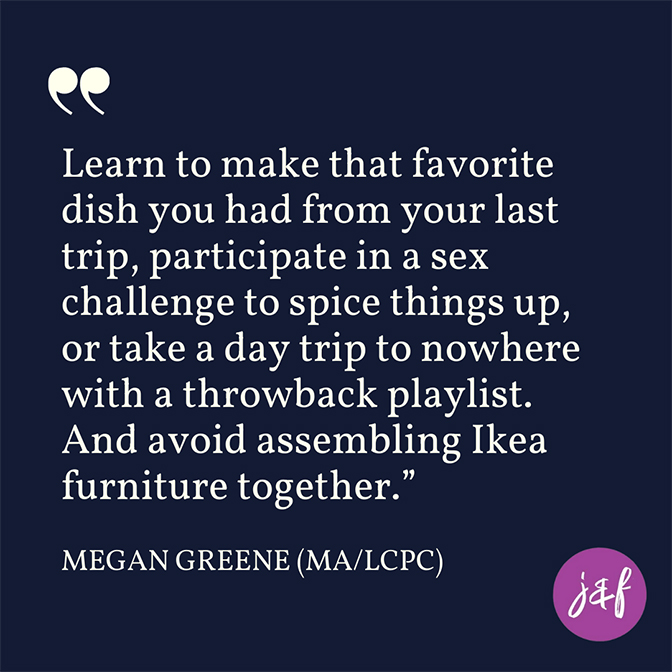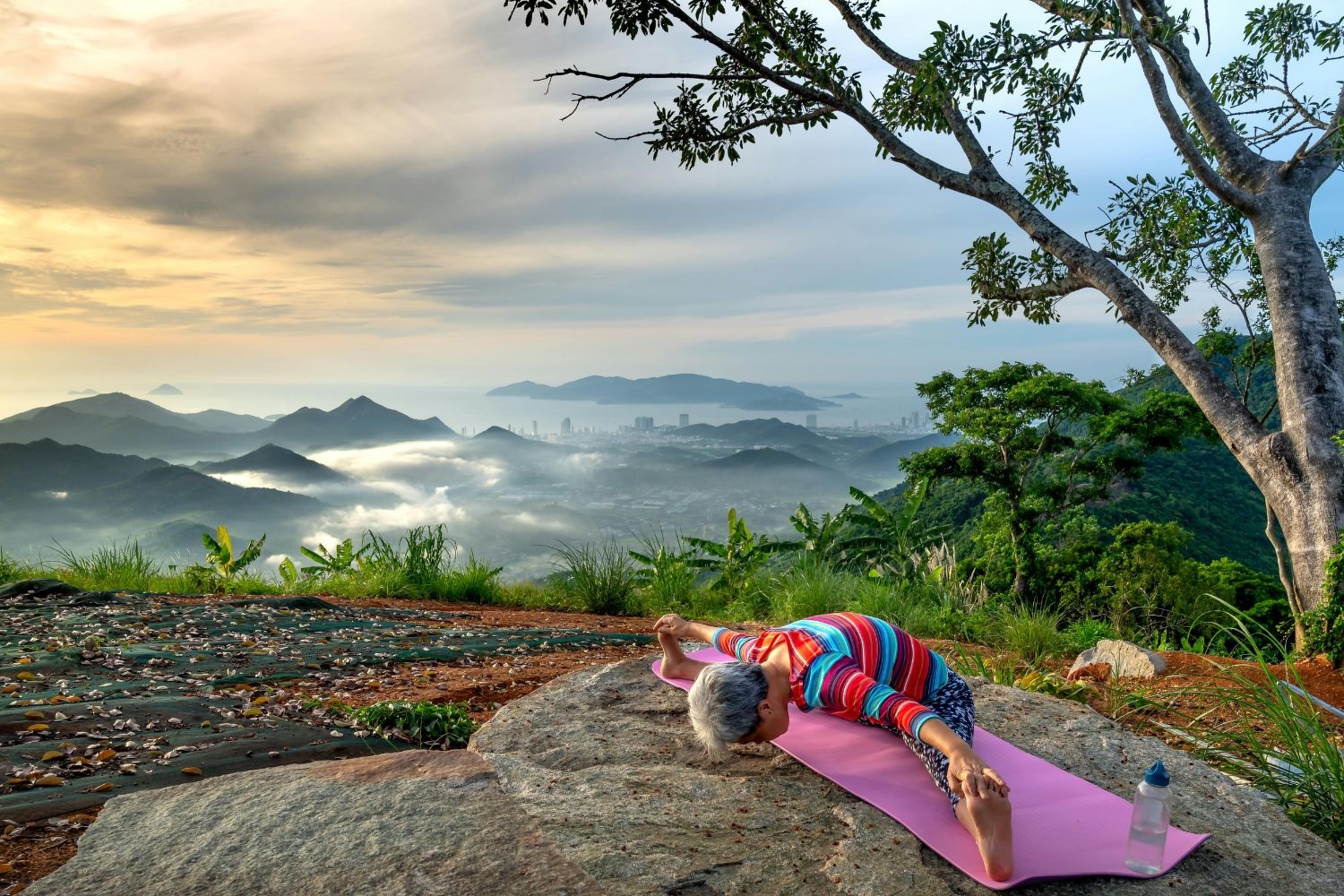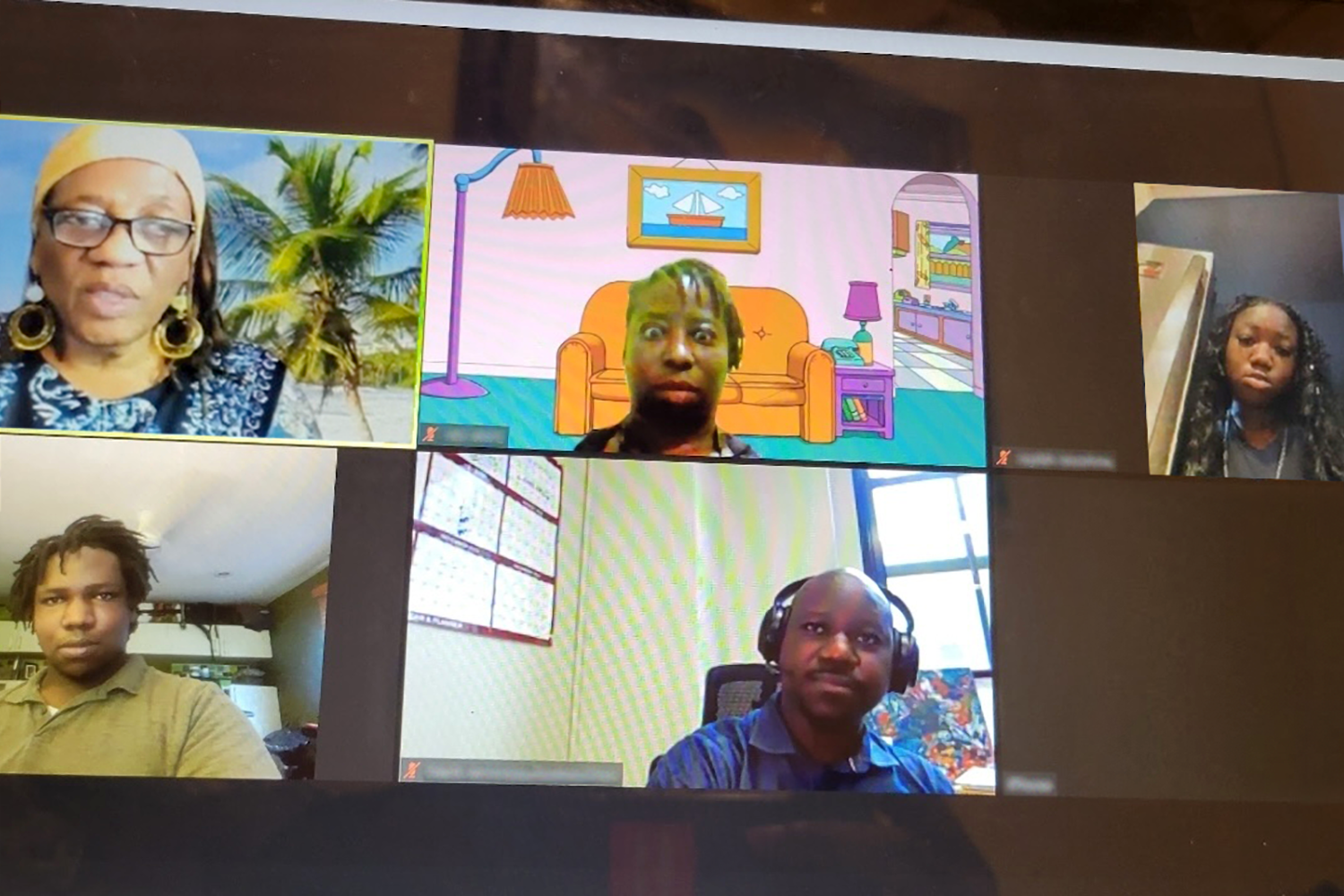
8 radical self-care tips for couples
Here we go again. Another COVID winter. Another set of fraught holidays. Another stretch of isolation with minimal social gatherings — at least, if you’re only spending time indoors with small groups of vaccinated people … which I hope is the case.
Even though many Americans are vaccinated, we haven’t reached herd immunity because of the Delta variant, the fact that kids under 5 can’t get jabbed, and anti-vaxxers won’t. One result is that, as winter approaches, couples across the land will again be preparing for an abnormal amount of togetherness, and may, as The Guardian put it, be “stuck inside with each other for months in homes that have turned into awkward co-working spaces and classrooms.”
The BBC warned, “Even strong couples who weren’t facing problems before the pandemic, and avoided major shifts in household health or dynamics may be susceptible to break-ups … because the pandemic has taken away ‘well-established routines that offered comfort, stability and rhythm.” And psychologist Esther Perel created a Couples During Lockdown podcast series to help folks navigate pandemic partnerships.
The gist is that with disrupted routines, it’s harder to get our outward stimulation from our normal sources; i.e., parties, gyms, yoga studios, restaurants, spas, theater, and concerts. So, how can coupled people maintain their self-care practices, sanity — and keep their love alive — when they’re trapped together in a pandemic pressure cooker?
Here are a few ideas, garnered from crowd-sourcing and therapists.

1. Set boundaries and schedule alone time
Chicago therapist Megan Greene (MA/LCPC) encourages couples to work on boundary-setting. “With so much together time it can be hard to have alone time,” she said. “Setting aside alone time each day can be helpful to recharge and get you to connect with other supports.” According to Greene, agreeing on the alone time ahead of time helps couples reset their expectations of time together and encourages autonomy.
“It’s also helpful for couples to make a list of things they’re willing to do outside the home (within their own boundaries and managing their own risk), as it can be freeing to consider potential outside activities and make plans to leave the home,” she says. “Just acknowledging the possibility of what engagement outside the house could look like and practicing making plans often helped couples feel a sense of normalcy and hope.”
In that same vein, Austin-based content designer Hannah Shadrick Hummel and her husband made a conscious effort to differentiate from each other during the pandemic. “We’ve had to get crisp about how we’re different, and how that’s OK … For example, he likes to stay out at social events longer than me, so we’ve started building an exit ramp for me, without value judgments on either of us.”
2. Carve out “me” time and “me” spaces
Related to boundaries, many couples found it helped to create little pockets of alone time and space — even if their space was small.
“Darcy’s” husband in Nashville started using his evenings to catch up with his brother and friends. “He just seemed to really get into phone calls with his brother and others and is always on the phone at night. Maybe because I didn’t talk to him enough!” she said.
Many, many people have turned to walks outdoors.
Albuquerque CEO, wife, and mother “Raisa” started scheduling “walk-and-talks” with friends, to get some outside perspective. ”My walk-and-talks in the mornings with friends, usually before the day starts, has been so helpful,” she said.
Chicago editor Connie also stressed the importance of walking alone. “Solo walks were like oxygen to me at a certain point in 2020. Without them, I felt like I would suffocate or crawl out of my own body.”
Apart from walks, there are other creative ways to “leave” shared space without really leaving. The bathtub transports you to an “other” space (just drop in a bath bomb, light a candle, fire up your iPad, and you’re magically “elsewhere”). Or, take a great pair of headphones (and maybe a cocktail) to the bedroom, close the door, and lie there listening to a favorite playlist.
3. Plan actual dates
Greene stressed the importance of making real date plans with your SO. “Just like I recommend couples spend designated time apart, I stress the importance of designated dates,” she said. “Decide ahead of time so you can look forward to the day-date on Wednesday or the dinner date on Friday and guard that time like you would a normal date. Turn off your phones, make eye contact and take time to plan.”

Greene says that couples respond well to and bond over rituals, and it’s also important to implement rituals during time at home. “For example, if you had pizza every Friday night pre-pandemic, keep it going! Even better, make your own for an activity that you can experience together. Learn to make that favorite dish you had from your last trip, participate in a sex challenge to spice things up or take a fun day trip to nowhere with a throwback playlist. And continue to avoid assembling Ikea furniture together.”
Unsurprisingly, she said, couples who sought out experiential activities and prioritized quality time reported feeling more connected.
4. (You knew this was coming) Communicate!
Greene doesn’t mince words on this one. “Talk!” she said. “Set aside time to talk daily and practice active listening with your partner. Work to identify emotions and thoughts to share with your partner and make space for potential difficult emotions.”
According to Greene, if conflict happens, taking time out is key (just make sure to actually follow up later versus avoid). Acknowledge it, agree to take space and set aside to come back to [the issue]. “It’s hard to navigate and repair effectively when emotions are high,” she said.
Chicago therapist Lara Wolff, (LCPC) reiterates that it’s important to wait until we’re less activated before we re-engage in discussion and repair and recommends some body-mind centered practices to calm down.
“Learn ways to self-soothe and calm your nervous system through centering, containment, and grounding,” she said. “We hear about grounding all the time but it may be harder to recognize when we ourselves are ungrounded. When experiencing distress, our energy may move up and out, so bring your awareness down to your feet, legs, and butt to feel the lower half of your body’s sturdiness. This can help us regain a sense of internal solidity.”
According to Wolff, containment resources allow us to contain our feelings and activation so we can regulate ourselves before exploding at our partners. “Centering helps us regain connection with ourselves when we’re distressed or thrown off balance,” she says. “Place one hand on your heart and the other on your belly and sense into the contact of your own hands – focus on the warmth and touch of your own hands on your body.”
If you try to meditate, start off small, she says. “Set a timer for two minutes … Bring awareness to your body and get curious. Do you notice any clenching, gripping or holding? See if you can relax these areas, send breath there. If you find you can’t relax, can you let that be ok and just get curious about that? Label how you’re feeling: “I’m angry. I’m frustrated. I’m sad…” See if you can find where in your body these emotions take up residence.
To go a step further, she says, “Try exploring what it’s like to feel ‘stir-crazy,’ bring curiosity to your experience without judging it. (Is your jaw clenched? Shoulders rising? Stomach knotted?) Do you notice heat or chill? Do you notice rapid thoughts, a full, busy mind, or is your mind more empty and calm? Is there a heaviness or expansiveness in the body? If you can’t find anything, what’s that like? And next, befriend your experience, whatever it is. If you’re struggling, try saying to yourself with kindness, “this is really hard, of course I feel this way.”
Wolff says to remember that meditation isn’t a vacation from our problems or difficulties; it’s not about forcing calm when calm is off the map. “It’s a way to observe whatever is going on without judgment,” she says. “That takes courage, builds self-awareness, and over time, softens how we respond to ourselves and others.”

5. Go internal/dig deep inside
When it comes to feeling trapped by togetherness, Wolff recommends reaching out to the other relational support besides the person you’re feeling stuck with. Beyond that, she advises going internal.
“Discover and build familiarity with your own internal world,” she said. “Practicing meditation helps us become more acquainted with ourselves and how we get hooked — where there is grasping for what we want and expect to happen or aversion to what we don’t like or want — so we can start to loosen our grip.”
She says that meditative practices can help us find internal spaciousness, decrease reactivity, and build our distress tolerance for difficult times and challenging states of being, which we have in spades right now. Meaning, she says, “It’s a ripe time to practice. When we practice allowing for what is — however painful, uncomfortable, messy, frustrating — the more we can be with our own internal experience.”
Wolff knows that this is easier said than done but, she says, if we approach it as a practice to engage in daily for the betterment of ourselves and our relationships, we will gradually see changes in ourselves which then ripples out into our worlds. “There’s a reason no one offers anger retreats,” Wolff notes, “most of us have got that down. With meditation, we can begin to cultivate compassion for ourselves for how hard living in these times can be, and eventually, to extend that understanding to others, too.”
6. Perform small, thoughtful acts
Wolff reports that some coupled folks have actually taken this moment to make improvements in their relationship.
“I’ve heard touching stories of partners supporting one another, engaging in small, thoughtful acts for each other, like being brought coffee in bed, for example — and daily. I think some people have been surprised by the strength of their bonds with their partners during this time and how it has opened up deeper communication and commitment. I’d like to think there is a waking up to the preciousness of our most intimate bonds during trying and/or scary times.”
Greene has come across this phenomenon, too. “For some couples I’ve worked with, it’s been a wake-up call — relationships take a whole new level of work when we don’t have the outside distractions! For some, it’s been a chance to spend actual time together creatively, practice communication and hold space for each other’s complicated COVID feelings. Many partners have had a unique opportunity to experience each other’s vulnerability and learn how to support each other more effectively.”
7. Take time to plan life-logistics
When it comes to chores and household duties, take time to talk through and plan what needs to happen and when. DON’T MAKE ASSUMPTIONS, especially if there are kids involved.
When you cohabitate, the romance can take a toll when you’ve also got to keep the groceries stocked and bills paid (double for folks with kids.) My husband and I addresses this years ago, when we started a biweekly dinner we call a Domestic Summit, in which we sit down over takeout to review our running Google doc list of the life logistics we’ve got going on–everything from paying bills to taking the car in for an oil change to scheduling doc visits and planning for family birthday gifts. We’ve found that taking scheduled time for this “life business” stuff means that it seeps in much less to the rest of our lives. And, frankly, keeping logistical stuff somewhat separated from fun-stuff helps keep the fun and romance more alive.
Similarly, Chicagoan and product designer Monica Komperda says that she and her boyfriend set up weekly check-in time to “talk about how we’re doing as individuals, how we’re doing as a couple, and larger tasks (repairs, buying furniture).”
Then, too, you’ve gotta know when to outsource: Raisa hired a cleaning crew to come to her home every two weeks. She and her husband also “gave each other lots of permission to order [takeout] when needed.”
8. Know when to fold ‘em
Finally, it’s healthy to recognize that not every relationship is built to last and sometimes a split is inevitable.
Michigan business owner “Tim” and his wife had their issues pre-pandemic but they were putting the work into the relationship via counseling. In the end, though, “it became clear we needed to move on,” he said. And when they did decide todivorce, he said, “we did it amicably, no lawyers involved or anything like that.”
Novelist and professor Mairead conducted what she called a “radical tender reckoning” throughout her pandemic relationship. For them, this was connected to both safety and politics, with each partner having very different needs around space, family, and isolation.
“Neither of us was able to change these needs, and after a few hard fights we broke up,” she said. But because they’d established great communication, even after their break, there was a tenderness. They attended events with one another and brought each other food and care packages. “I might now wish I had a different kind of partnership during the pandemic, but at the same time, I am proud that we both met each other where we were and took care as best we could in a scary time,” she said. “I’ll always love them for that.”
This essay is part of of Self-Care Isn’t Selfish, Gretchen Kalwinski’s column about radical self-care. Stay tuned for her next edition, about self-care for seasonal affective disorder.




